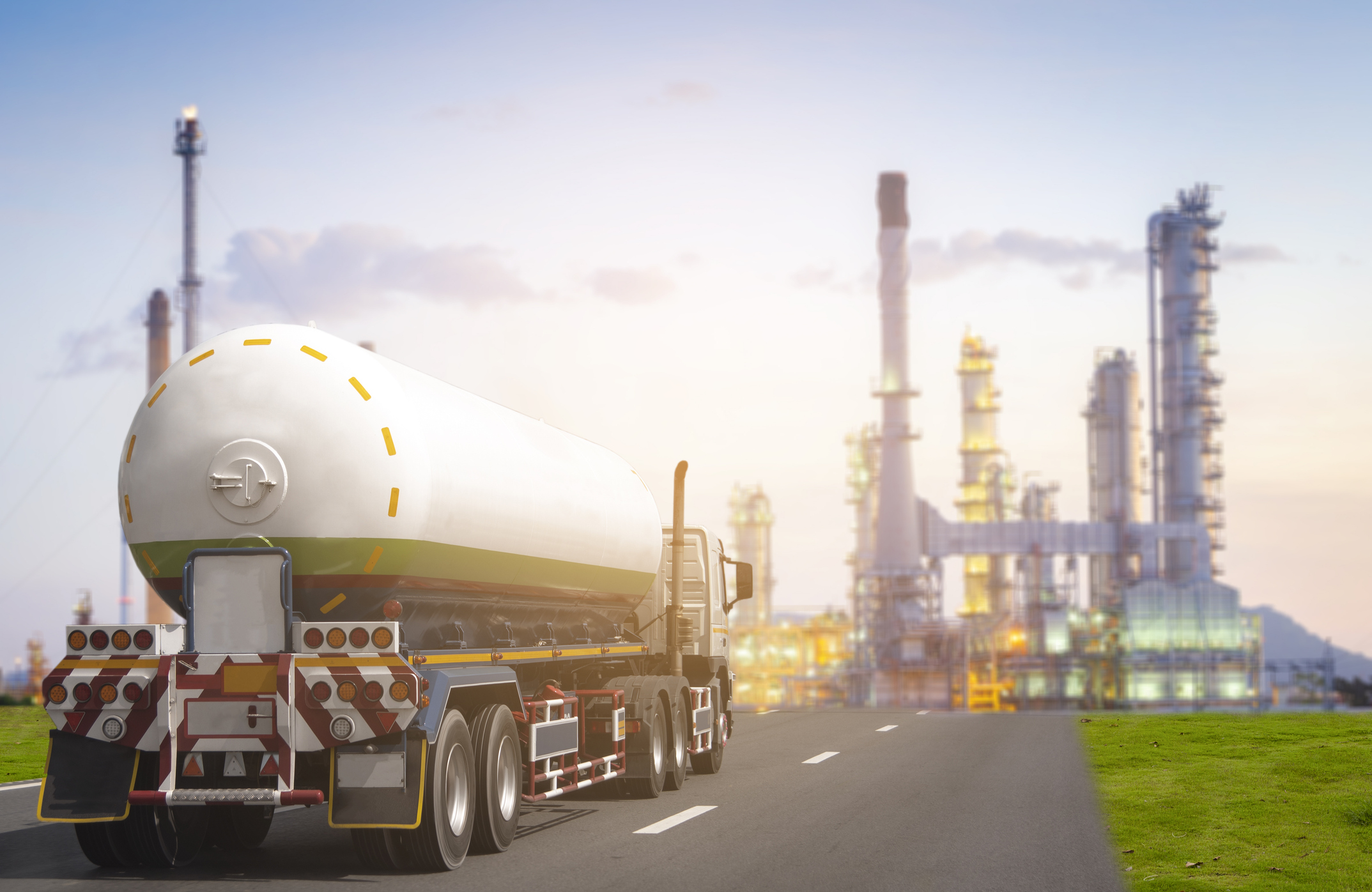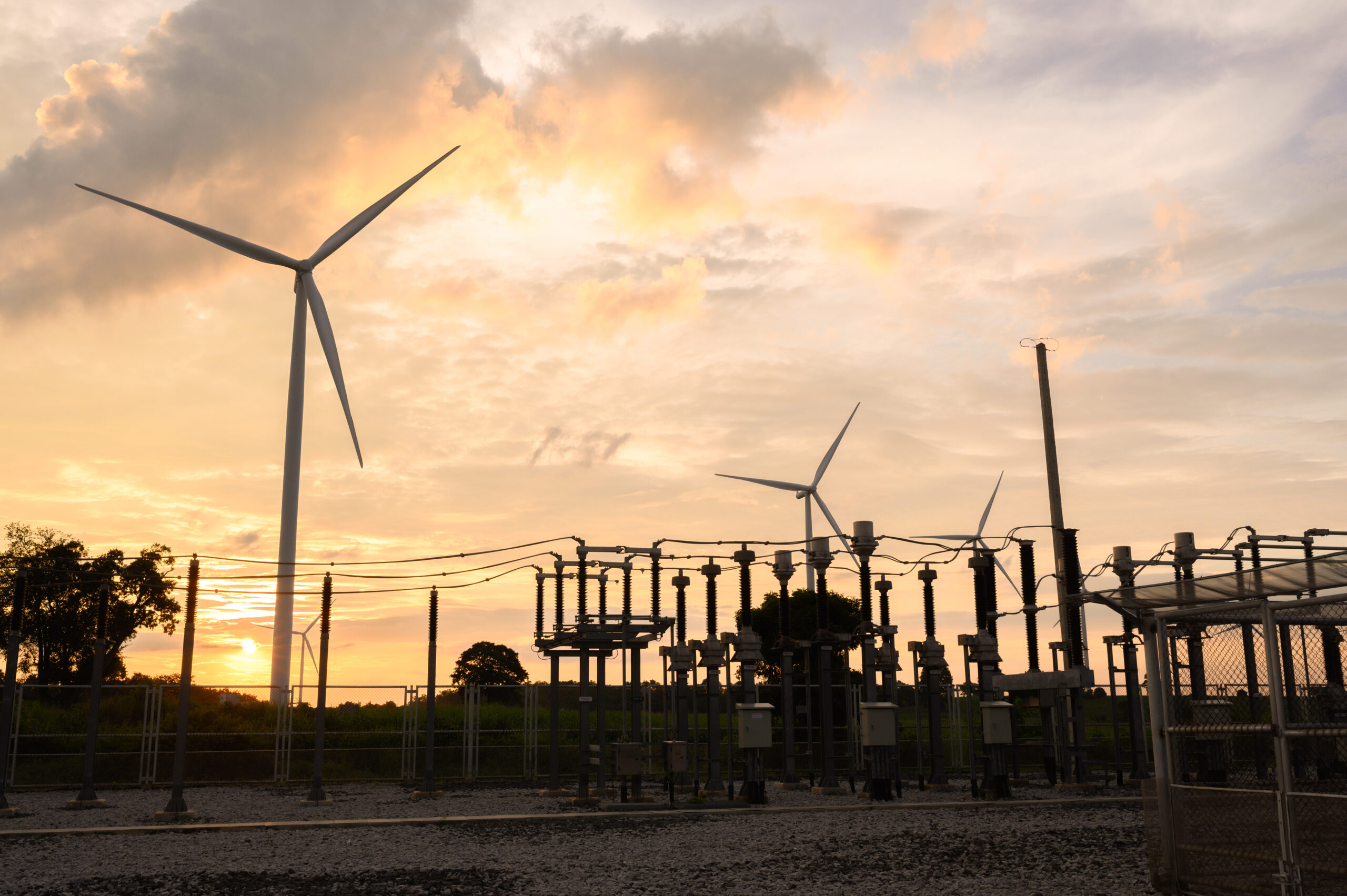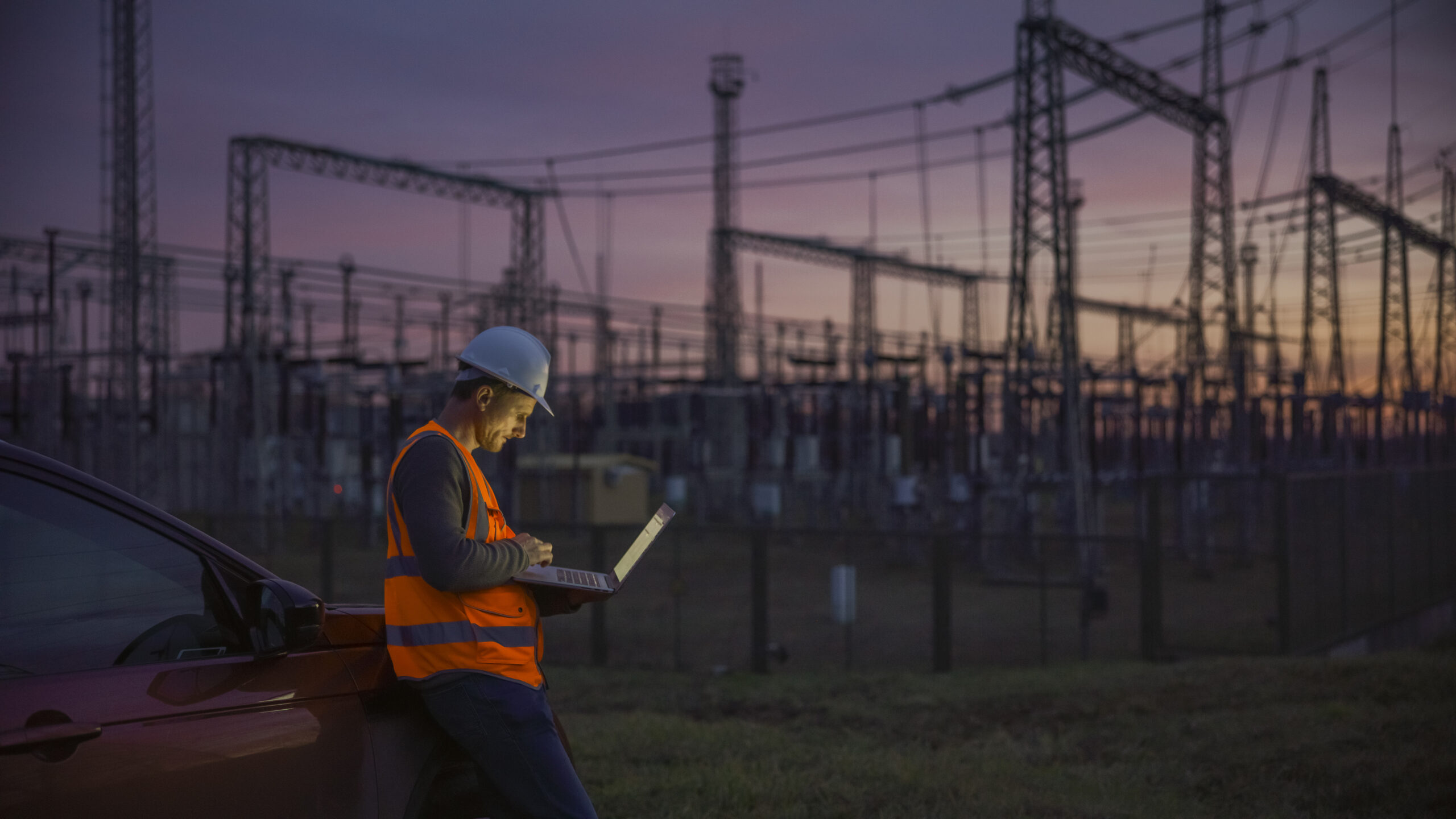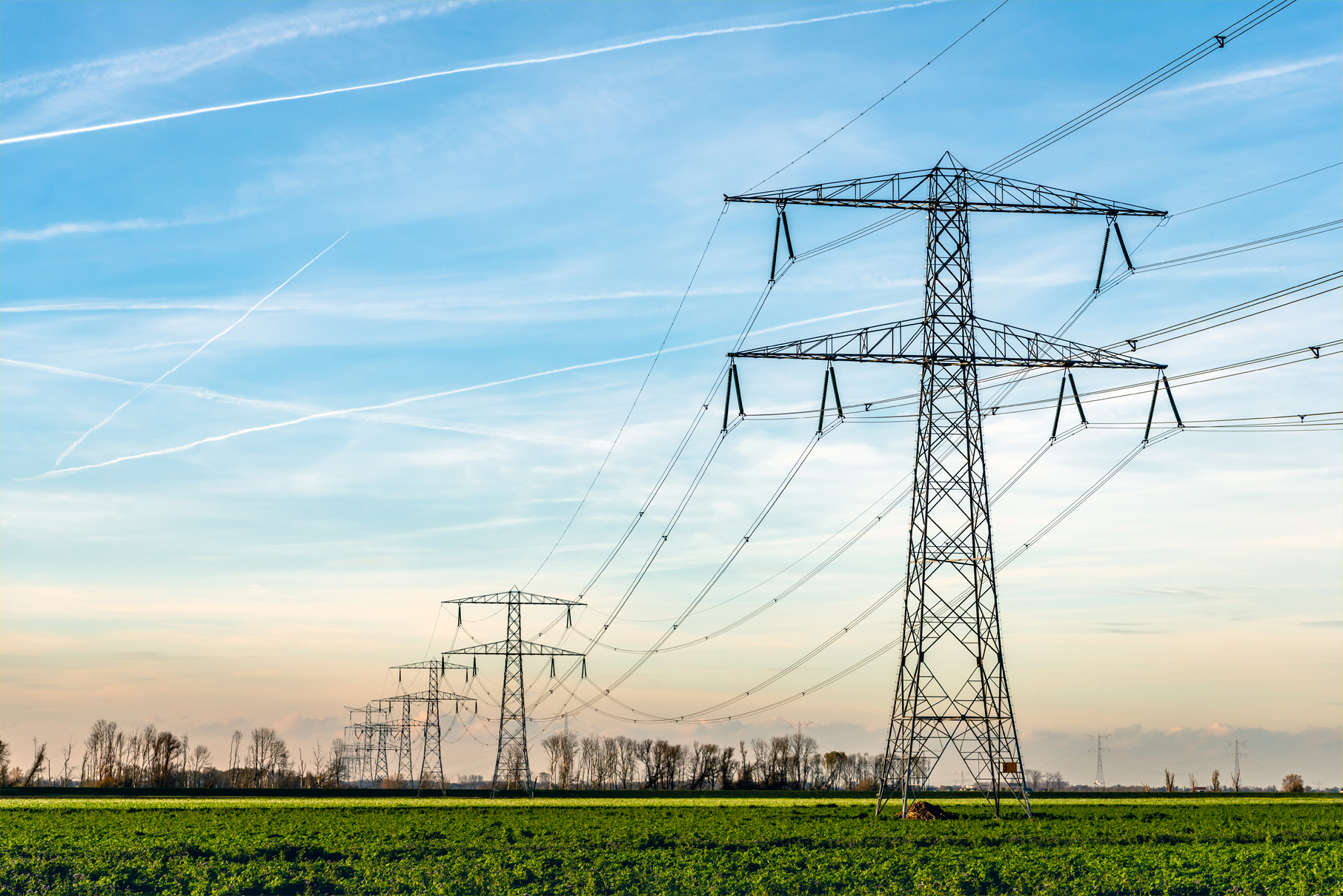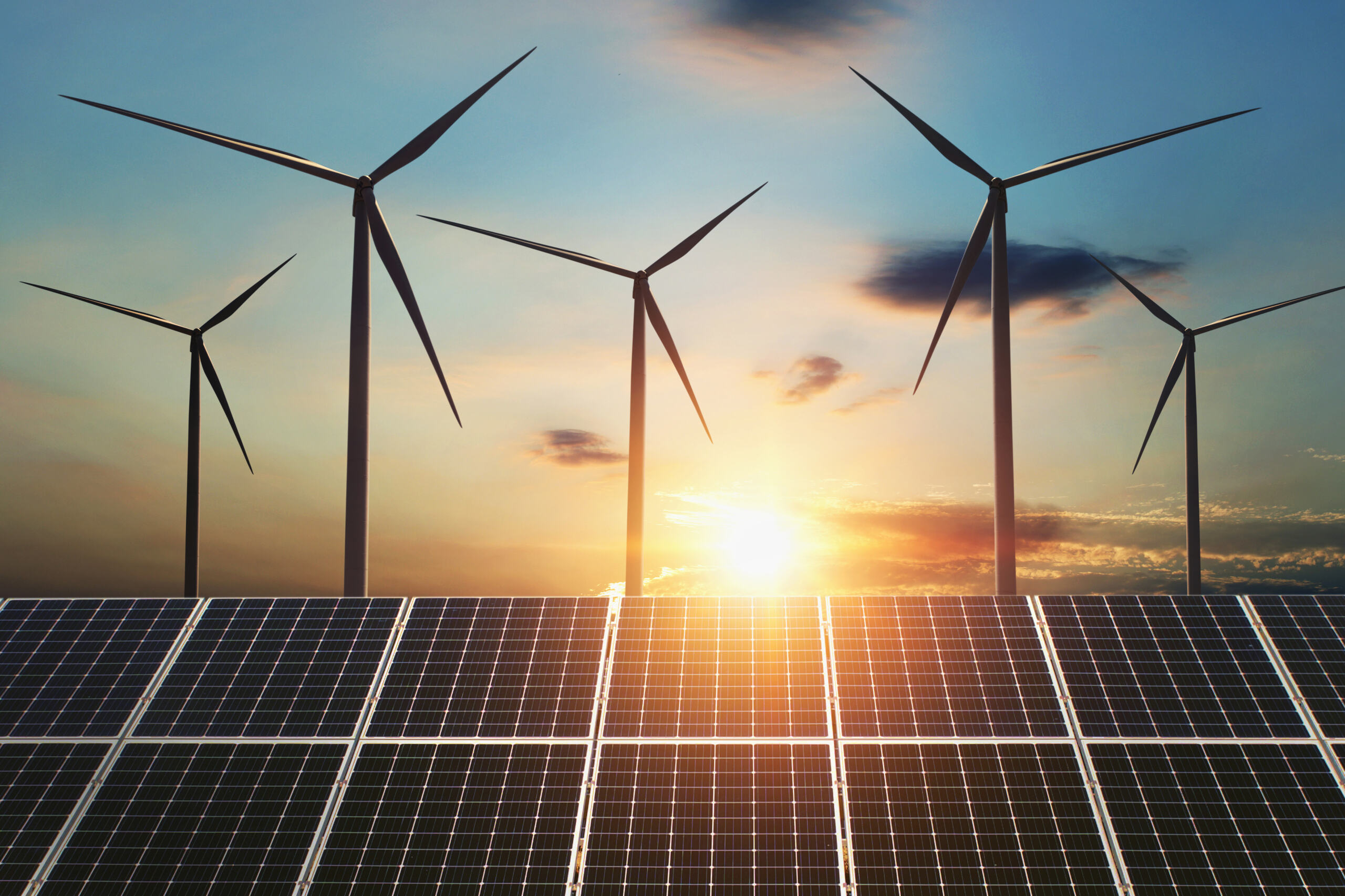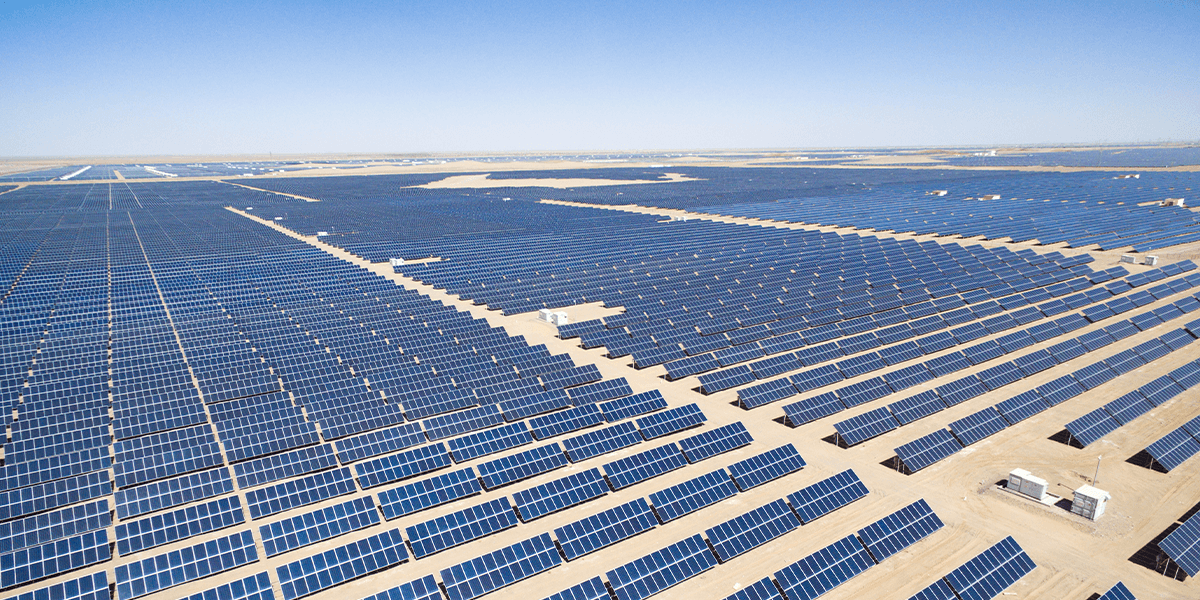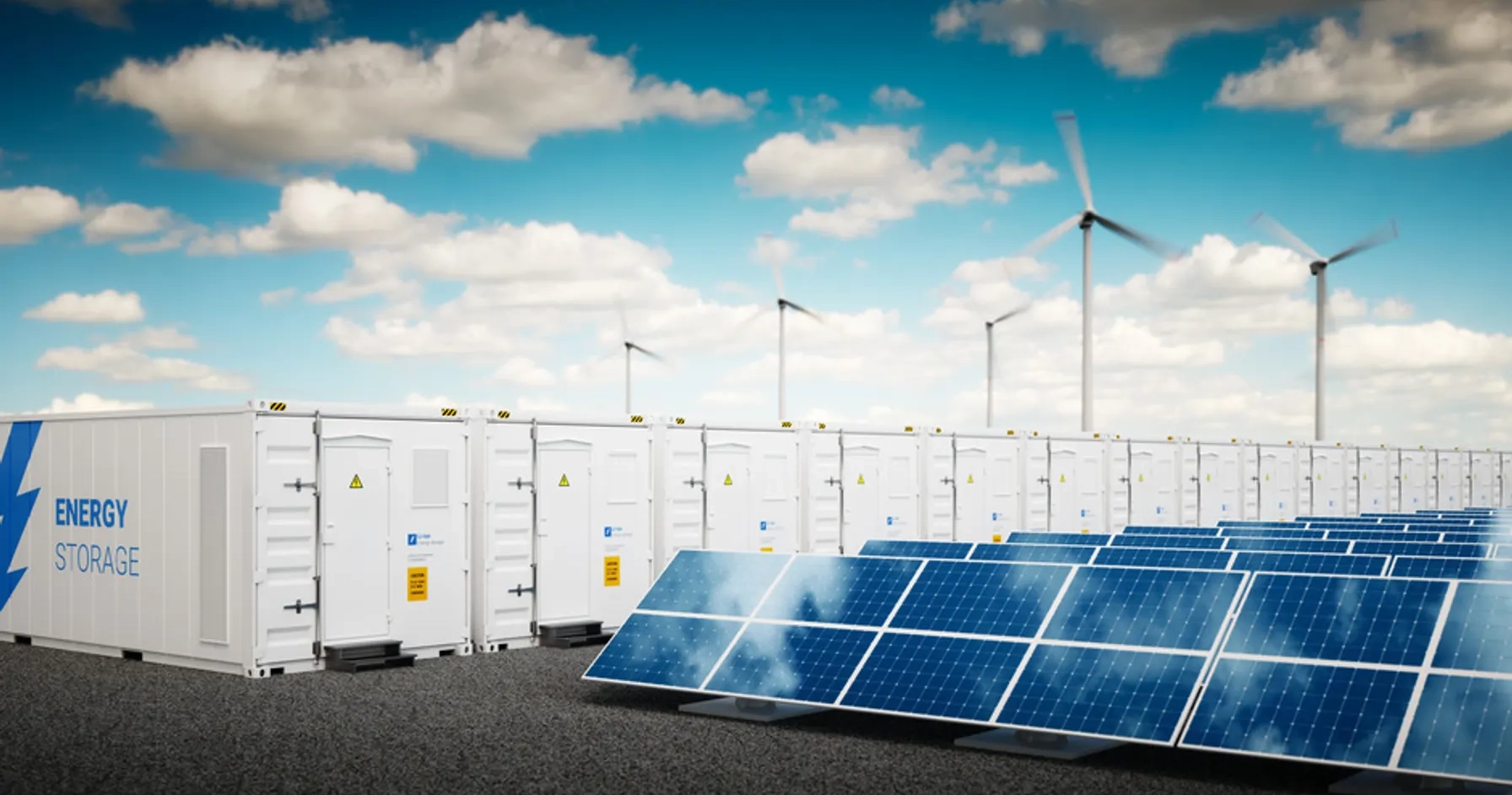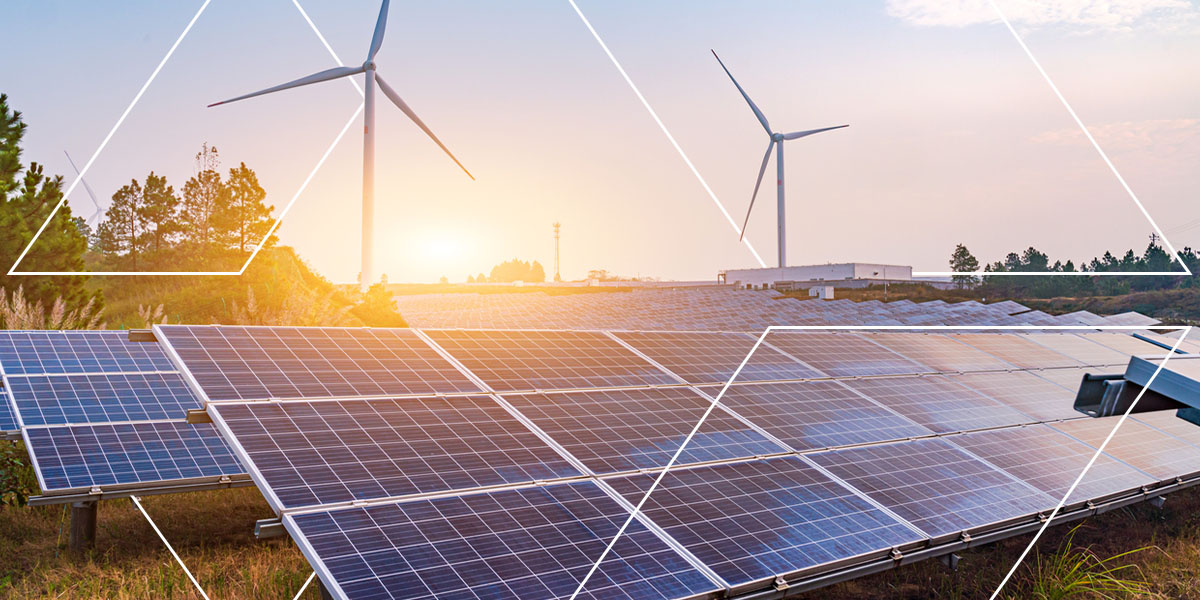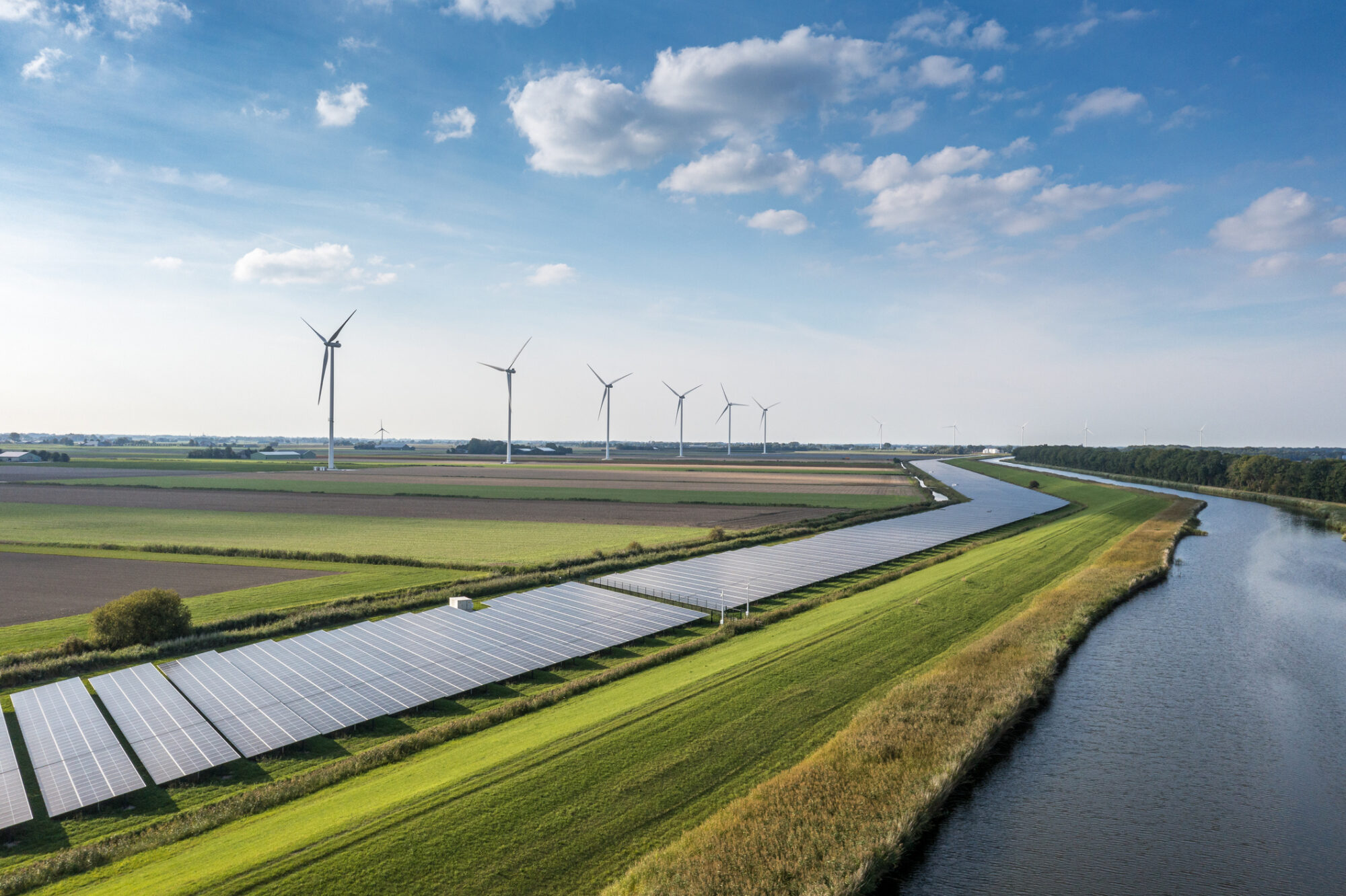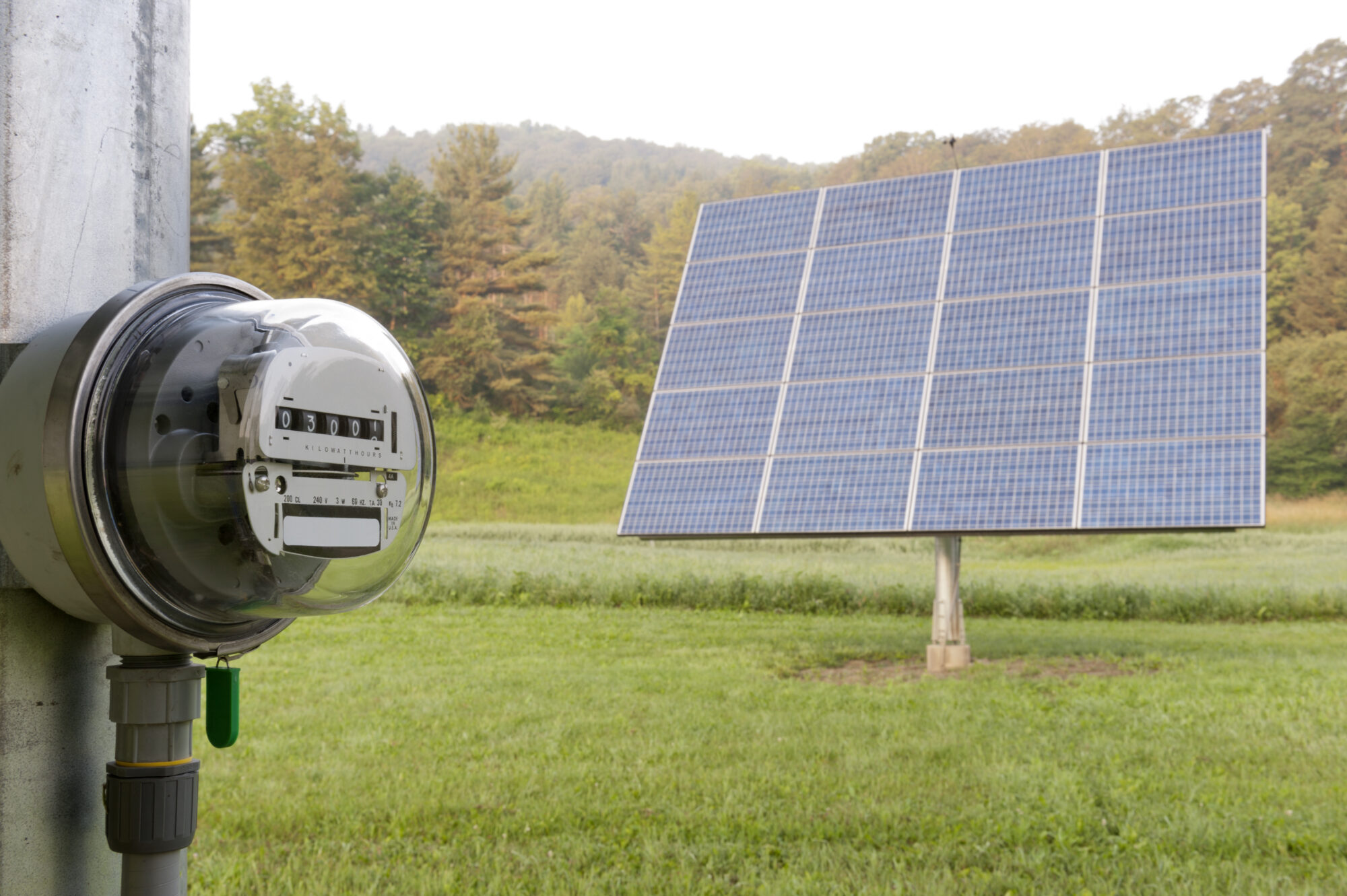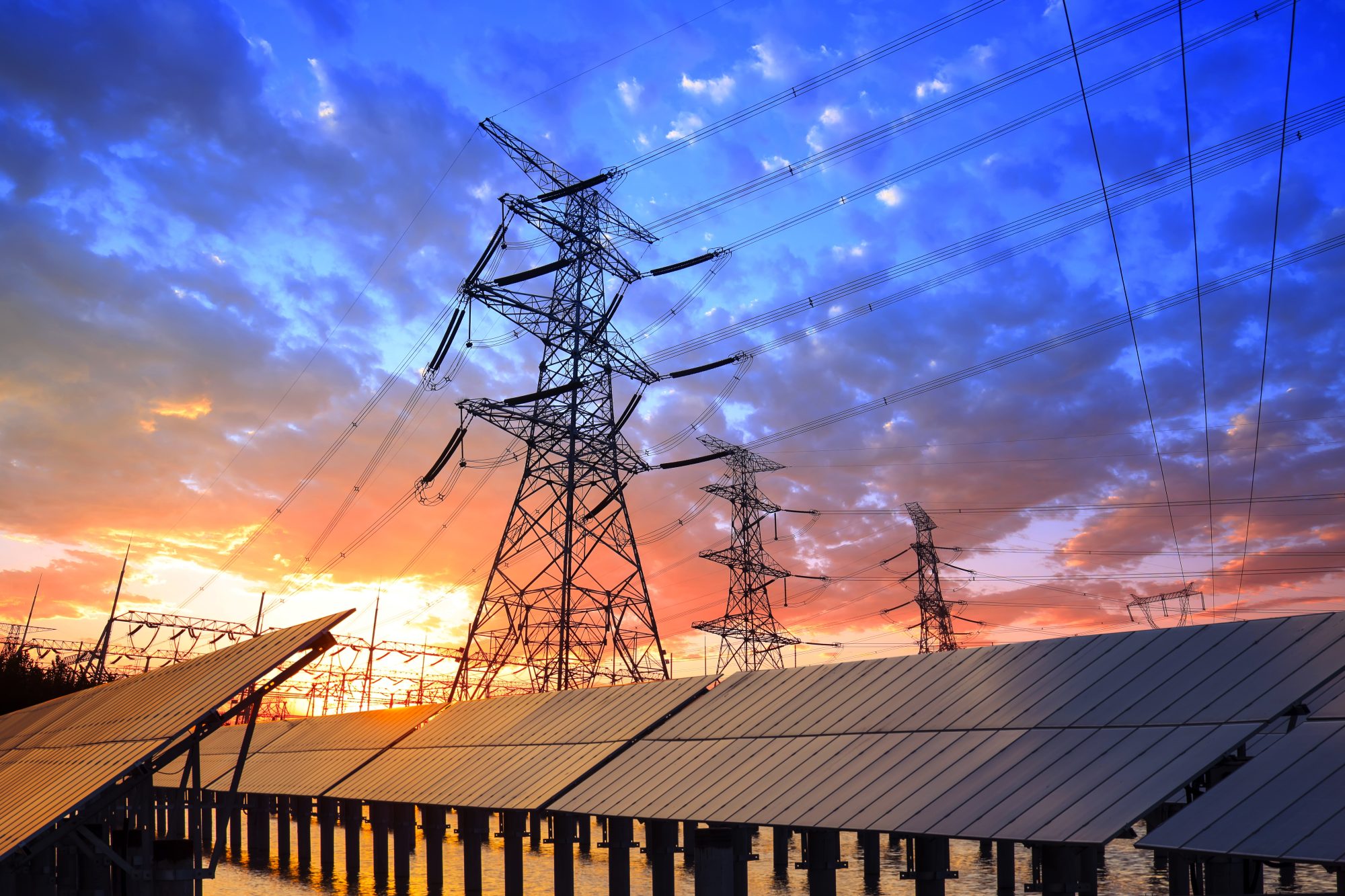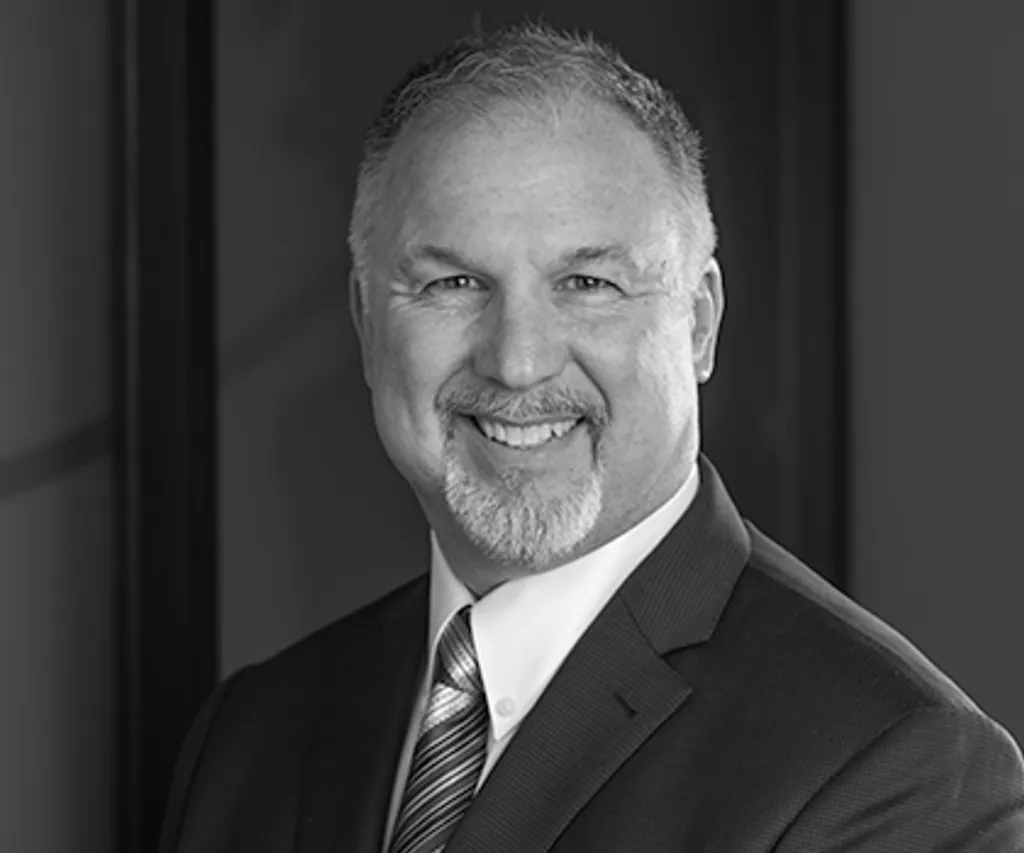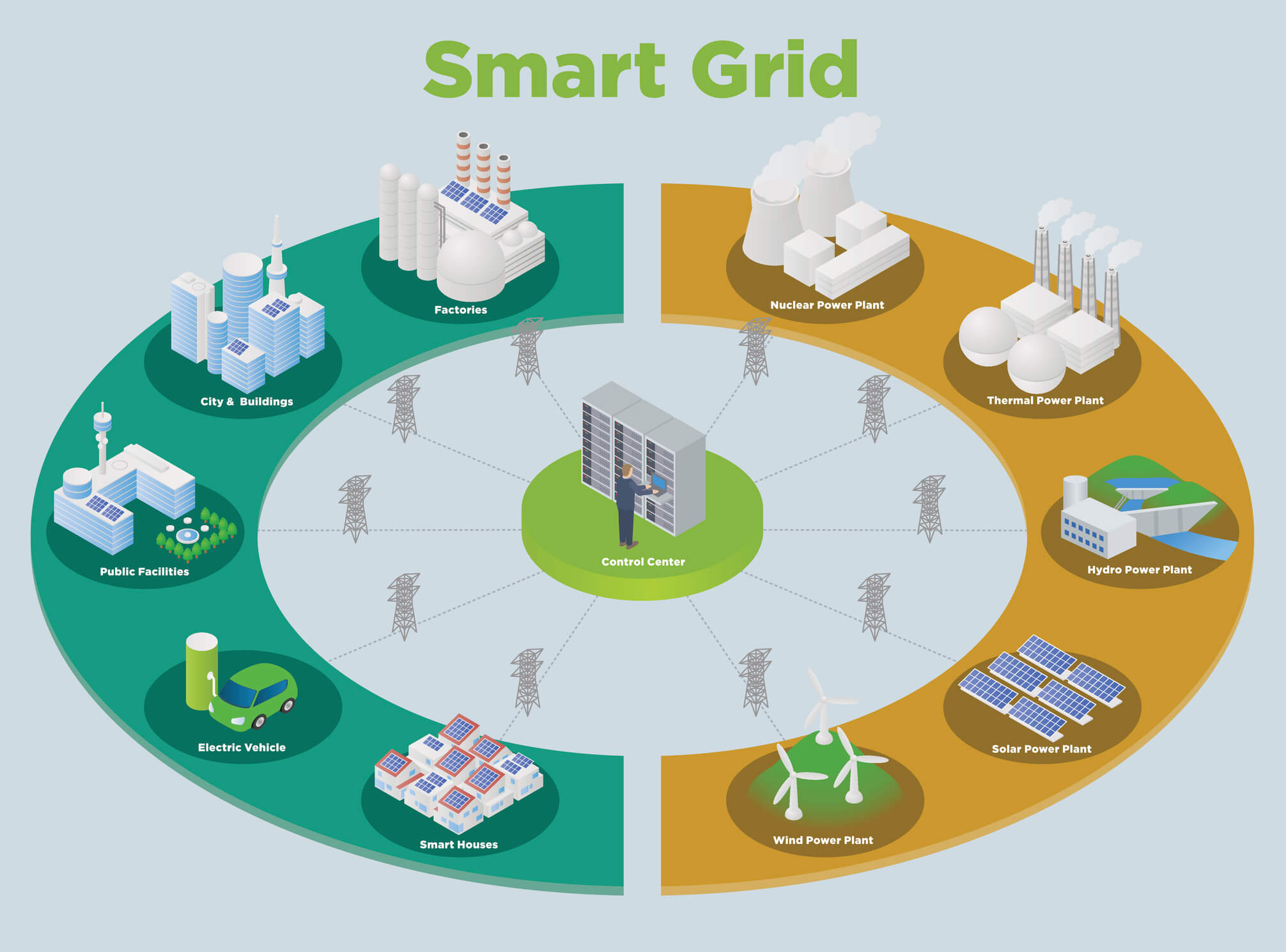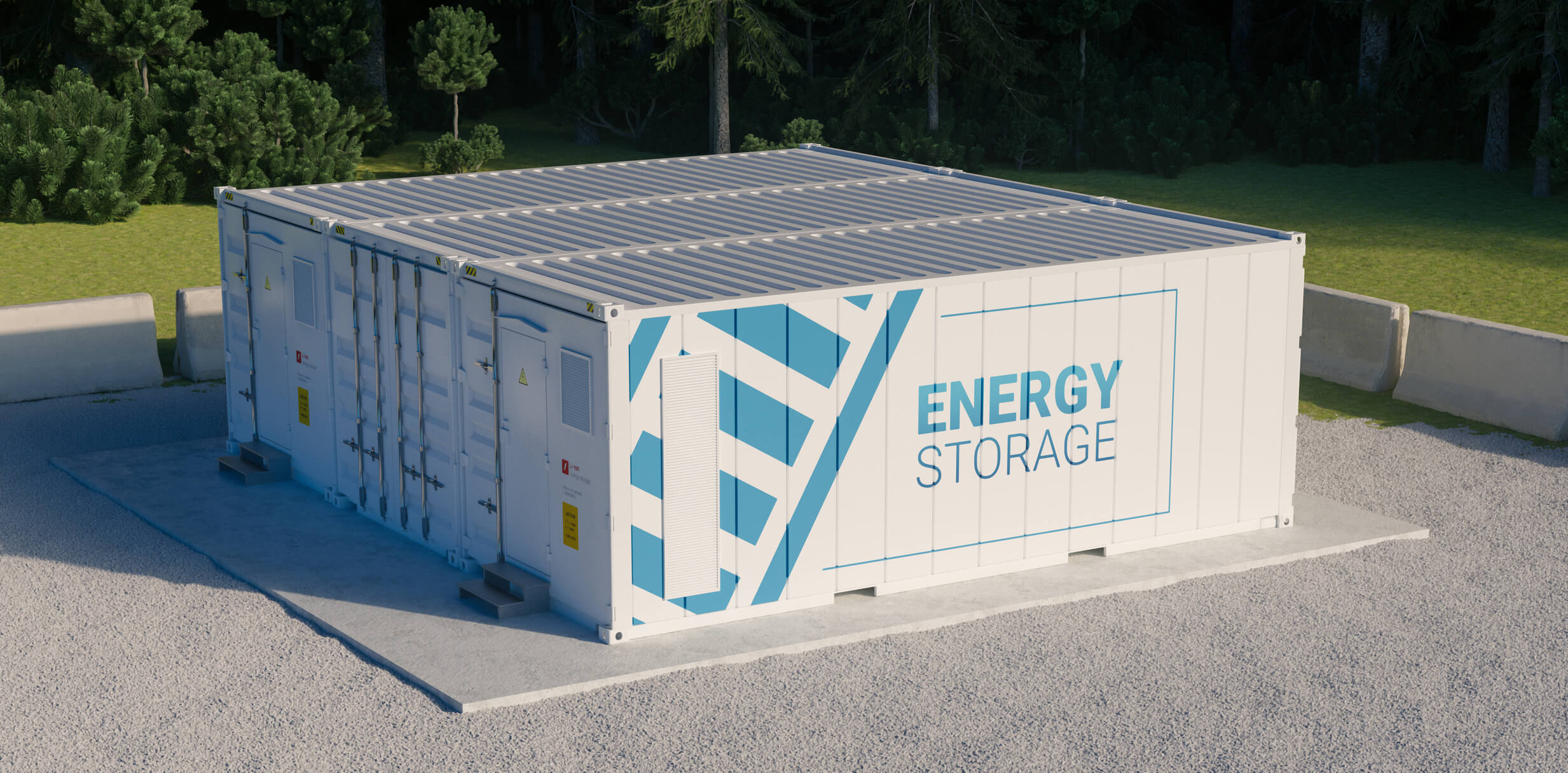May 10, 2016
Insight into how the immediate deployment of near-zero-emission heavy-duty vehicles fueled by renewable natural gas enables the U.S. to meet air quality and climate goals
This whitepaper explores the need—and leading approaches—to immediately start deploying zero‑emission and near‑zero‑emission heavy‑duty vehicle (HDV) technologies on a wide‑scale basis in the United States. Expeditious action is needed to reduce smog‑forming emissions from HDVs to restore healthful air quality—as is legally required under the federal Clean Air Act—for approximately 166 million Americans who reside in areas with exceedingly poor air quality. At the same time, to combat global climate change, the United States must aggressively reduce greenhouse gas (GHG) emissions from HDVs, which are the fastest growing segment of U.S. transportation for energy use and emissions.
In many regions of the U.S., these goals cannot be achieved without a systematic transformation of today’s diesel‑fueled HDVs—particularly high‑fuel‑use heavy‑heavy‑duty vehicles (HHDVs)—to zero‑ or near‑zero‑emission technologies operated on low‑carbon fuels. Four unique fuel‑technology combinations currently hold the most promise to successfully achieve this transformation. These are two types of advanced low‑emission internal combustion engines (fueled increasingly by renewable natural gas or renewable diesel); and two types of electric‑drive systems (powered by batteries or hydrogen fuel cells). Over the long term (several decades), it is likely that all four of these HDV architectures will contribute to meeting air quality and climate change goals.
However, air quality regulators have recognized that meeting air quality goals will require the immediate deployment of zero‑ and/or near‑zero‑emission HDVs, especially in the most impactful HHDV applications like on‑road goods movement trucking. This White Paper documents that only one fuel‑technology platform meets all the commercial feasibility and logistics tests to immediately begin this transformation: near‑zero‑emission heavy‑duty NGVs fueled by increasing volumes of ultra‑low‑GHG renewable natural gas (RNG).
Related Services
Download the Next Generation Heavy-Duty Natural Gas Engines Fueled by Renewable Natural Gas White Paper
Publish Date: May 2016
Client: Agility Fuel Systems; American Gas Association; California Natural Gas Vehicle Partnership; Clean Energy Fuels; Pacific Gas and Electric Company; South Coast Air Quality Management District; Southern California Gas Company
This white paper was authored by GNA, which is now TRC’s clean transportation solutions team.
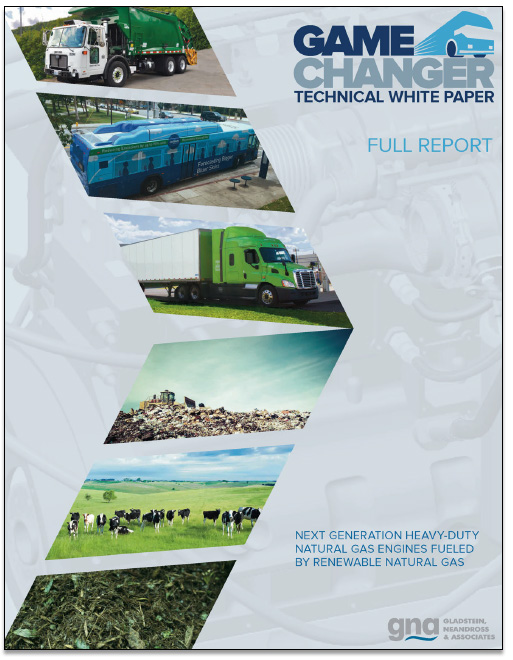
Sharing Our Perspectives
Our practitioners share their insights and perspectives on the trends and challenges shaping the market.
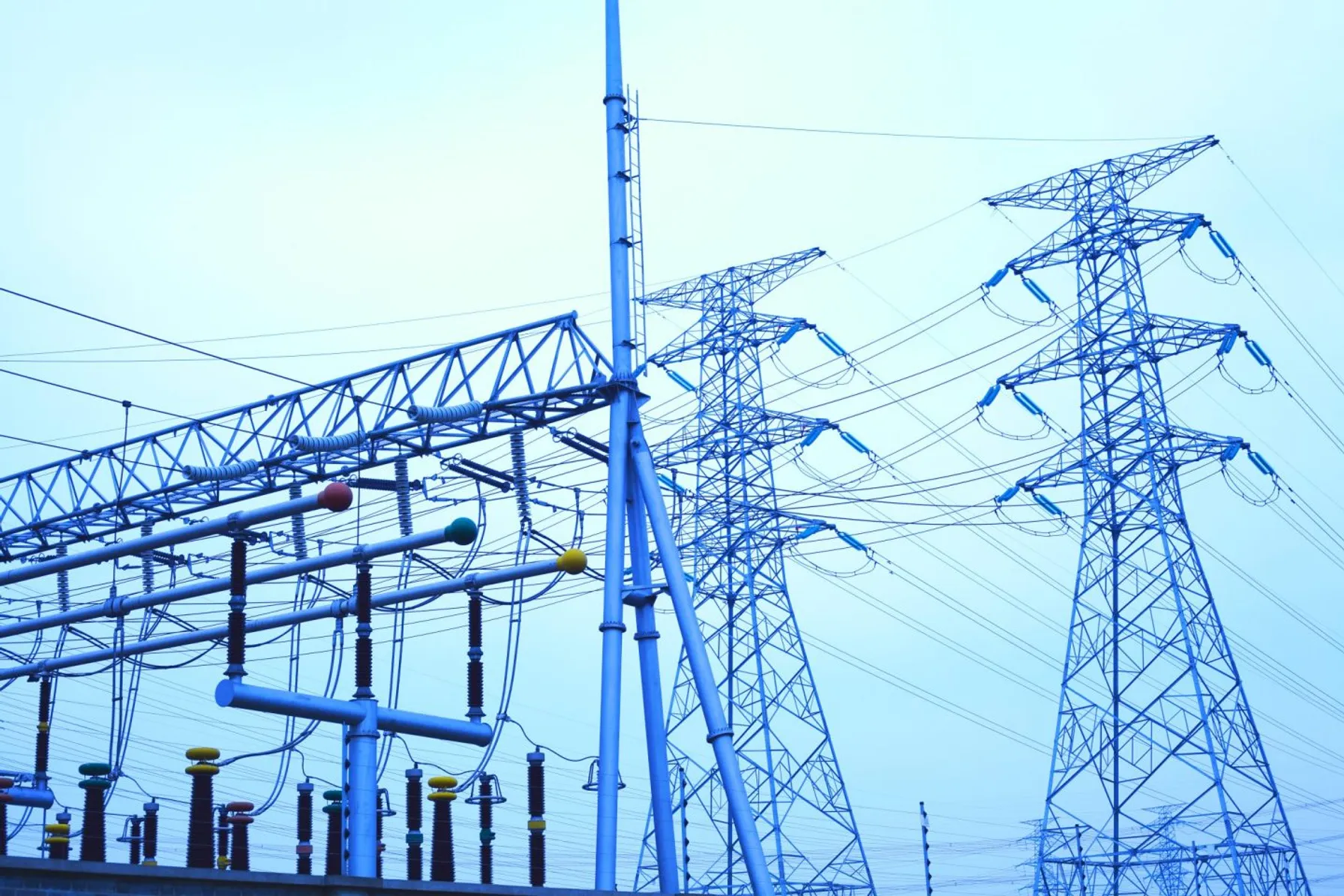
Grid Resiliency: Perspectives Across the Power Grid
April 16, 2025
In today’s changing energy landscape, grid resiliency is a top priority for all power system owners and operators. The ability to absorb disruptions and maintain power is crucial in an increasingly unpredictable world.

DERMS Part II: Take the Right Approach to Implementing DERMS
March 27, 2025
Implementing DERMS can come with challenges. By understanding the unique challenges related to DERMS and adopting the appropriate strategies to mitigate potential pitfalls, utilities can effectively integrate and coordinate DER deployment to align with regulatory commitments and broader business objectives.

How ISOs, RTOs and Utilities Can Effectively Manage Massive Data
March 20, 2025
In today’s rapidly evolving energy landscape, Independent System Operators (ISOs), Regional Transmission Organizations (RTOs) and utilities face unprecedented challenges in managing vast amounts of data.

Download Whitepaper: 10 Years of Insights for Clean Community Microgrids
March 1, 2023
Clean, community microgrids represent a promising and timely opportunity for you to advance your customer offering and deliver meaningful societal benefits, all while modernizing your grid and providing you with load flexibility.

Decarbonization: A Systems-Level Challenge and Actions to Address Climate Change
December 7, 2021
Carbon elimination of the magnitude needed to address climate change requires systems-level change that can only be reached by incremental, ground-up progress, building upon what we have achieved thus far.
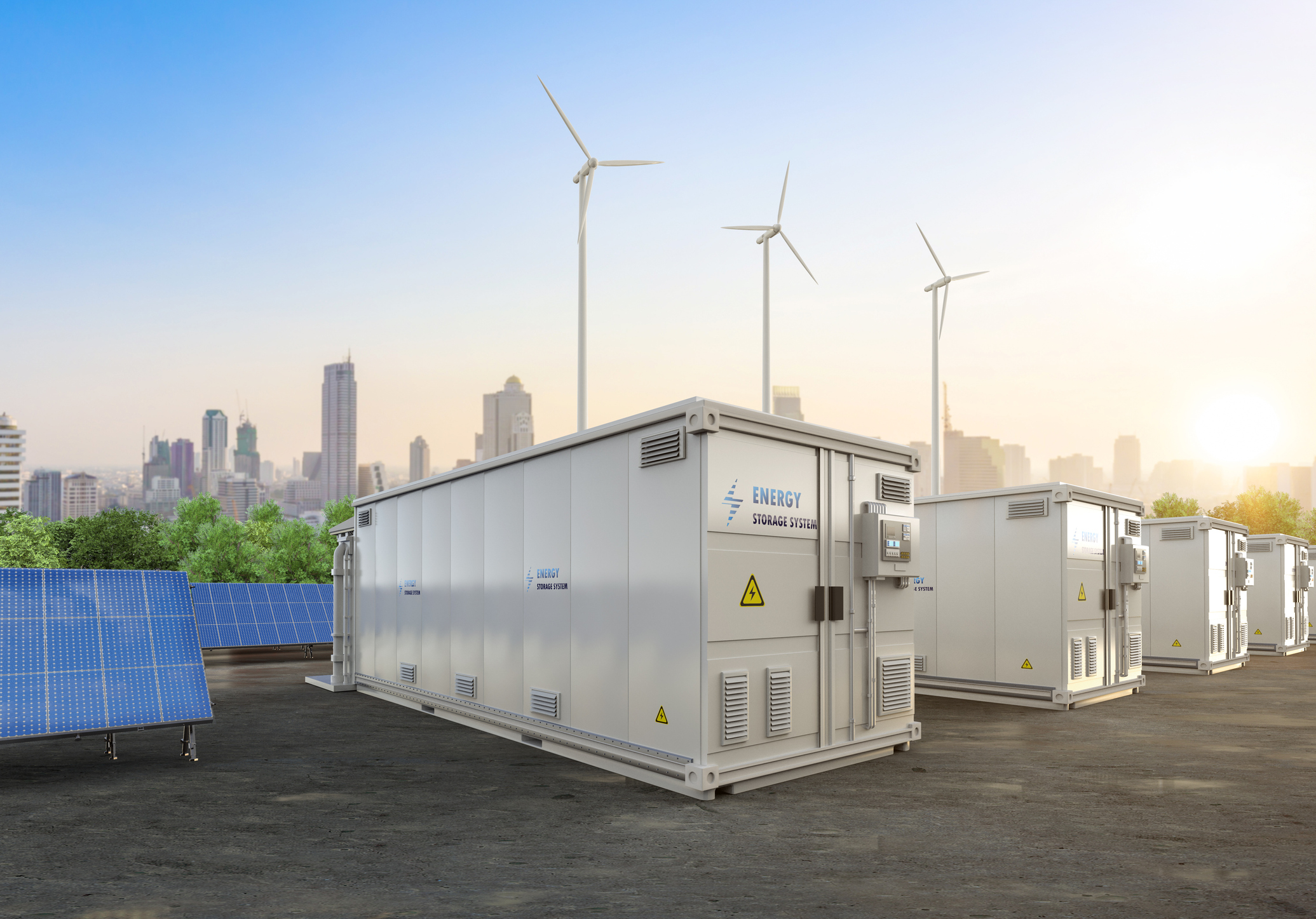
How Do Energy Storage Systems Work?
October 18, 2021
For more than five decades, TRC has brought efficient, resilient energy systems to the world. We understand the challenges of implementing energy storage projects.
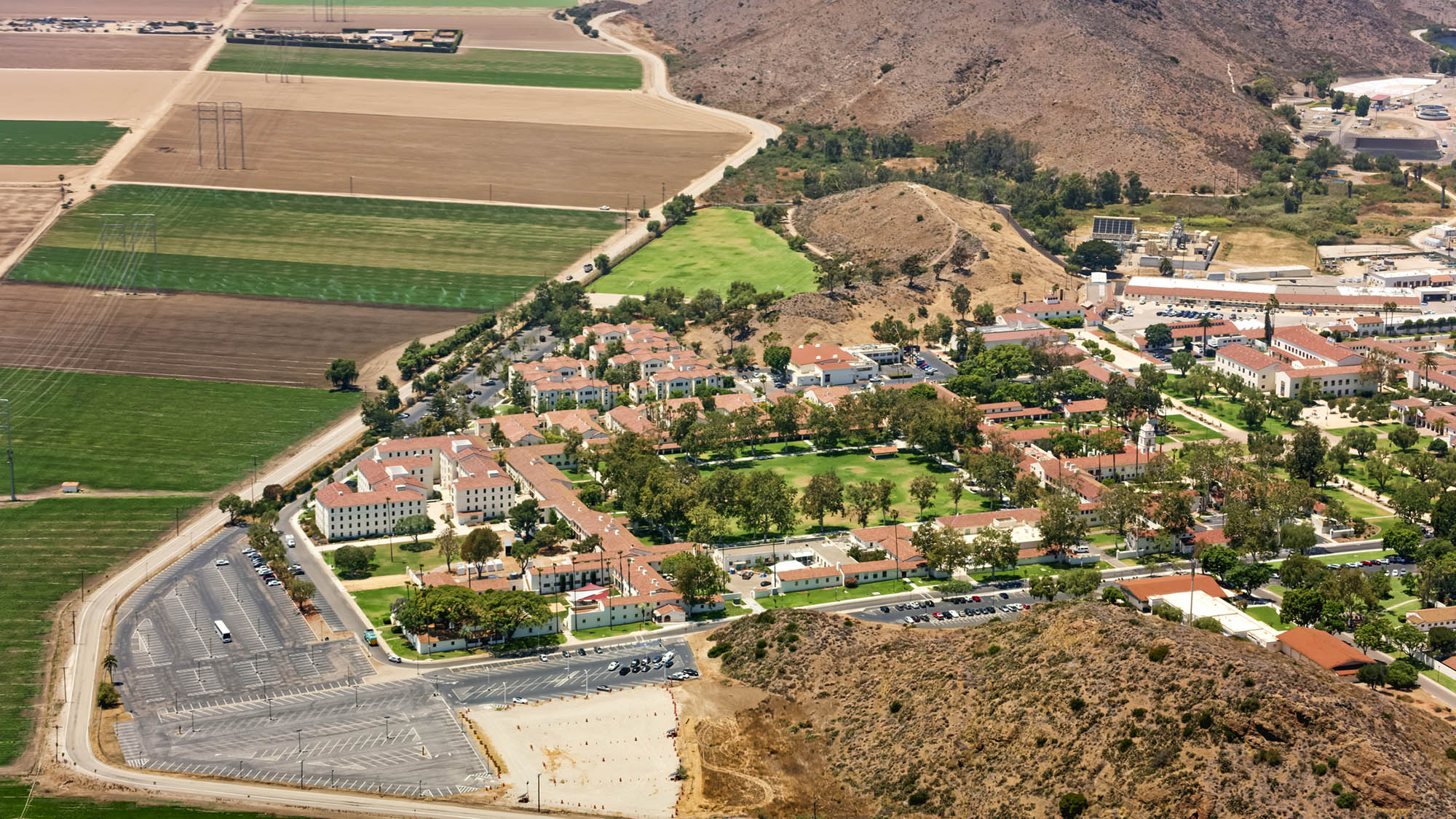
City of Camarillo, California approves moving forward with Hybrid Solar Microgrids at five critical community facilities
November 6, 2020
On October 28, the Camarillo City Council unanimously approved moving forward with the design of Hybrid Microgrids at five City facilities: City Hall, the Corporation Yard, Camarillo Public Library, Police Station, and Wastewater Treatment Plant. The microgrid at the Camarillo Public Library will be designed with solar+storage only, while the other four sites will employ a hybrid design of solar+storage+diesel.
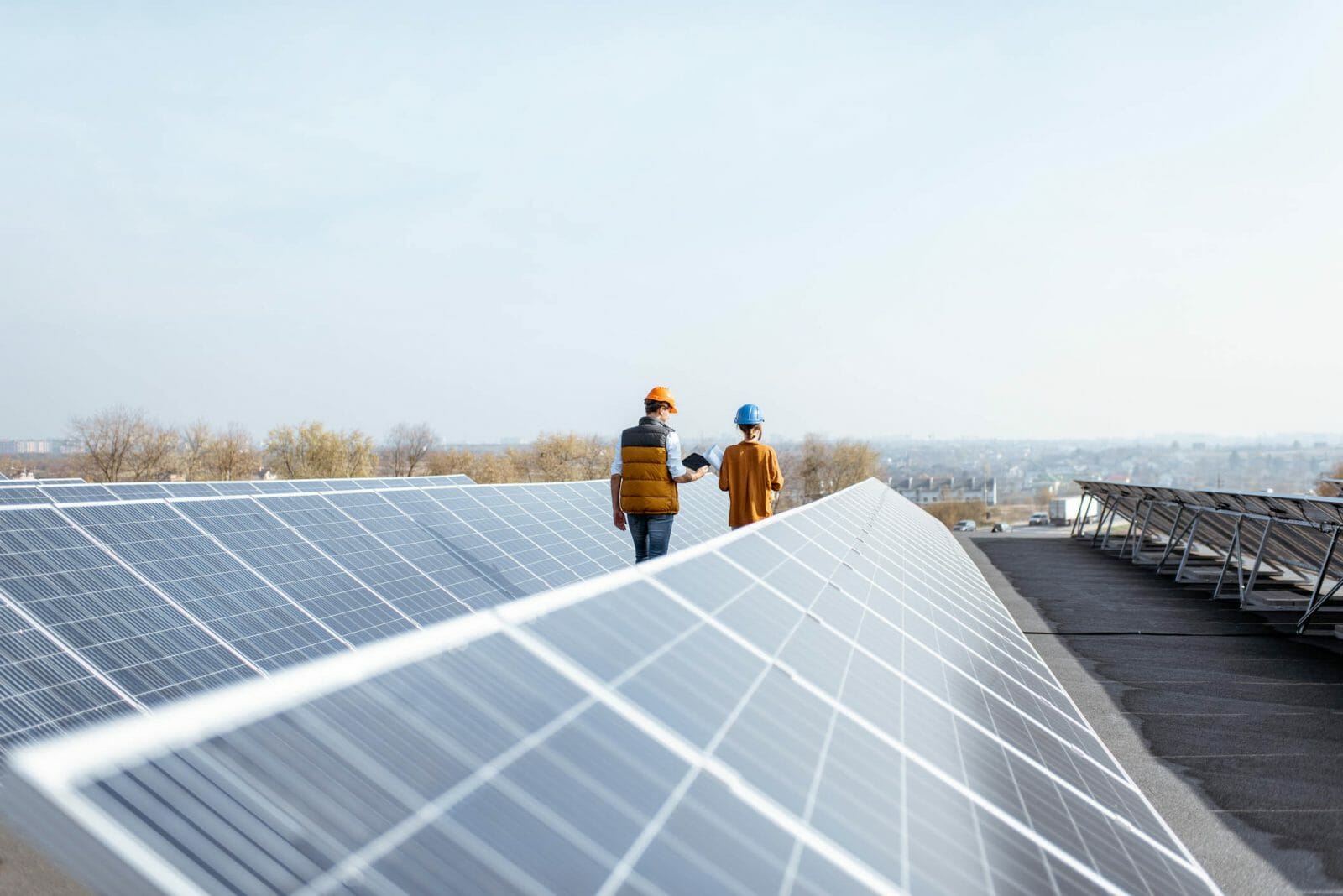
TRC Digital partners with Dominion Energy to evolve its distributed energy resource strategy
September 22, 2020
Dominion Energy, one of the nation’s largest producers and transporters of energy, has partnered with TRC Digital to evaluate, implement and integrate technology to further the utility’s distributed energy goals. TRC Digital will facilitate Dominion Energy’s strategy development and technology execution, allowing Dominion Energy and its customers to accelerate the shift to distributed energy resources (DER) and net carbon reduction.
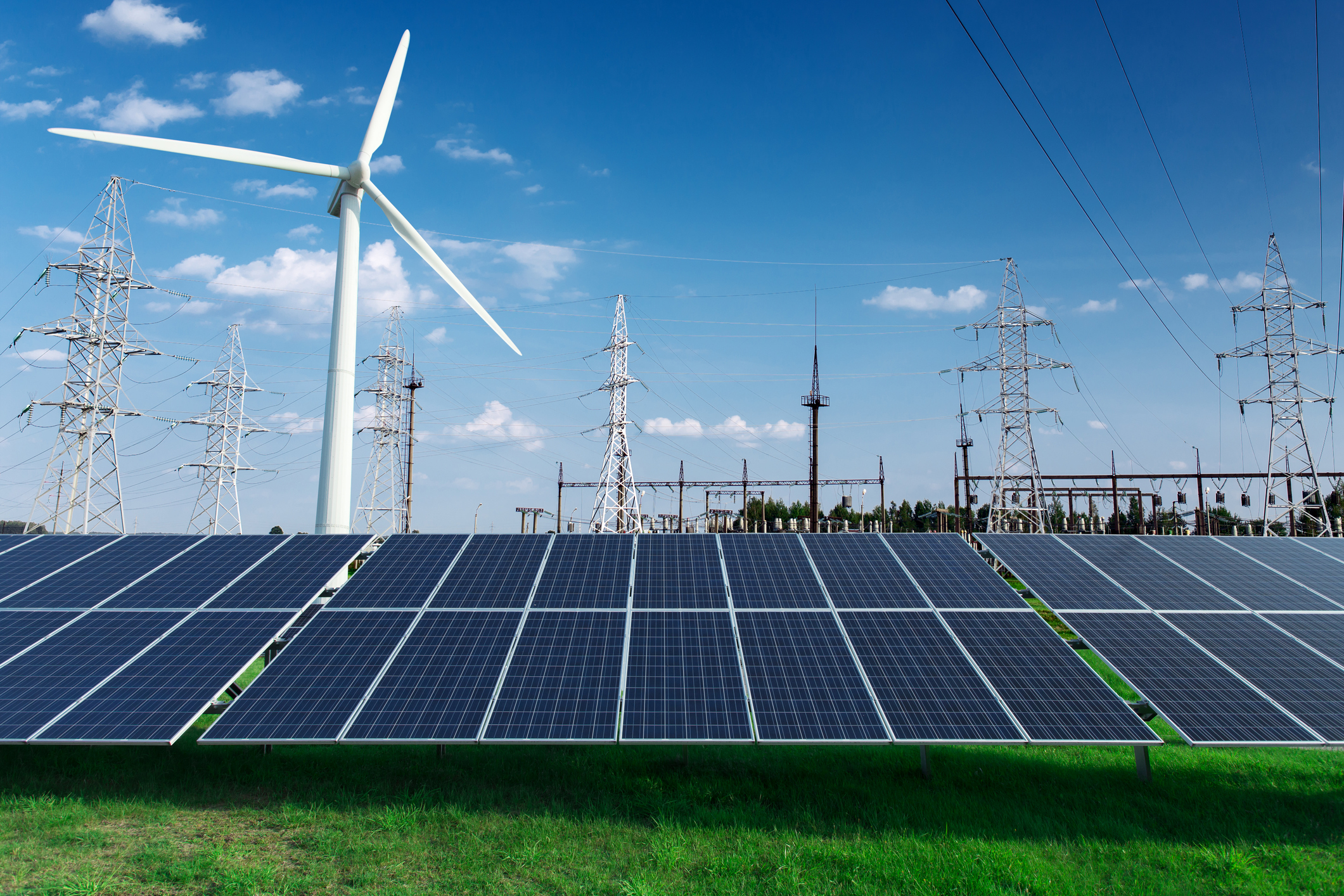
TRC Digital and Enbala can help utilities monitor, control and optimize distributed energy resources
April 17, 2020
Distributed energy resources (DERs) are changing the way utilities think about power generation and energy flow. TRC and Enbala can offer utilities a multi-layered solution that highlights the strengths of each company.
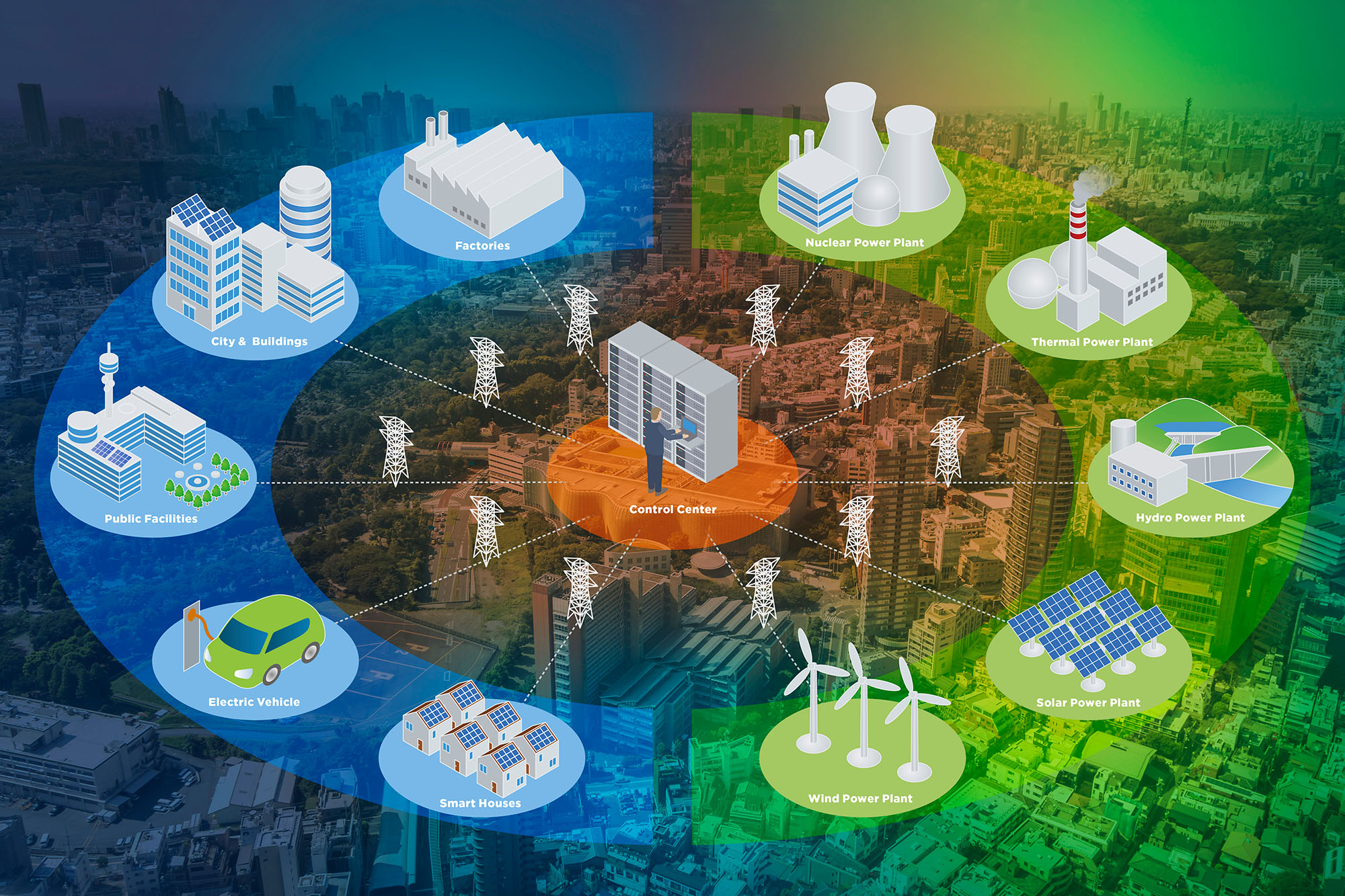
TRC and partners win $1 million grant for engineering innovative New York microgrid
April 20, 2017
TRC is proud to support Huntington, NY bolster power reliability and climate-change resiliency with a sophisticated new “community microgrid’’ combining solar energy, a fuel cell, biogas and traditional natural gas to deliver electricity and heat to local customers and institutions.
Start the Conversation
Let’s connect to discuss how TRC can help you drive a more sustainable future.


